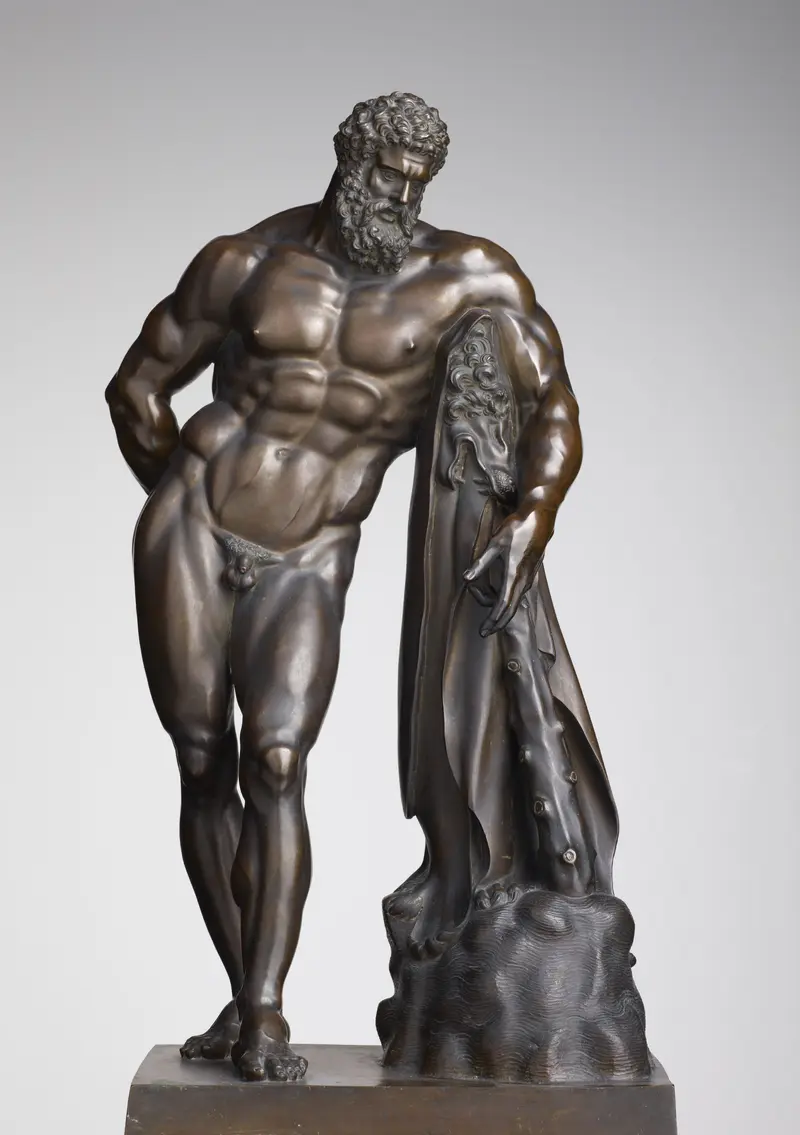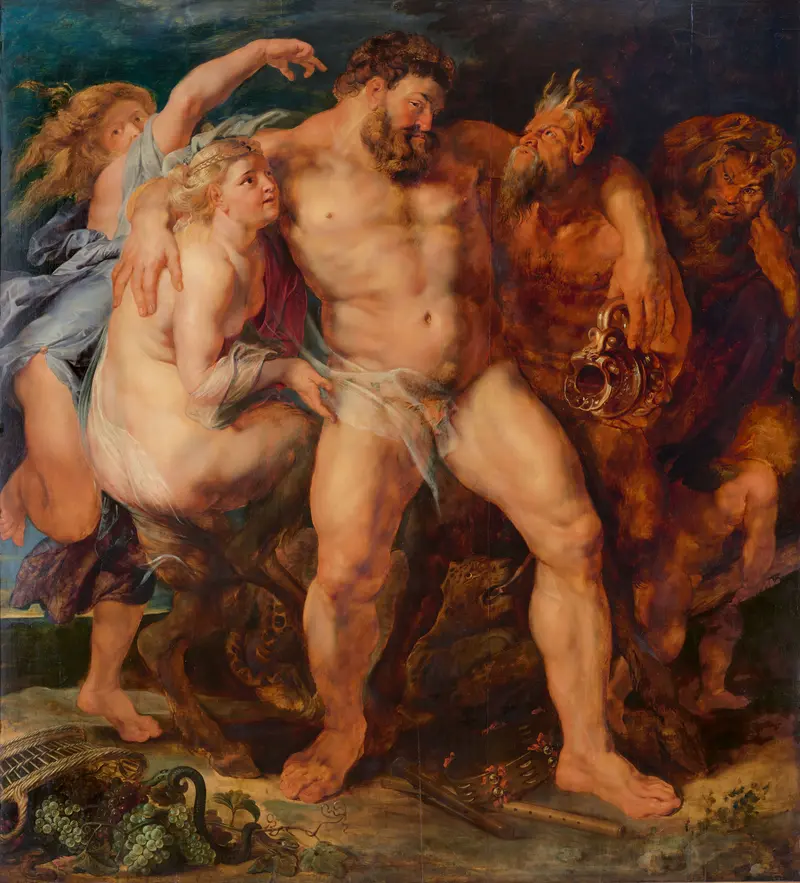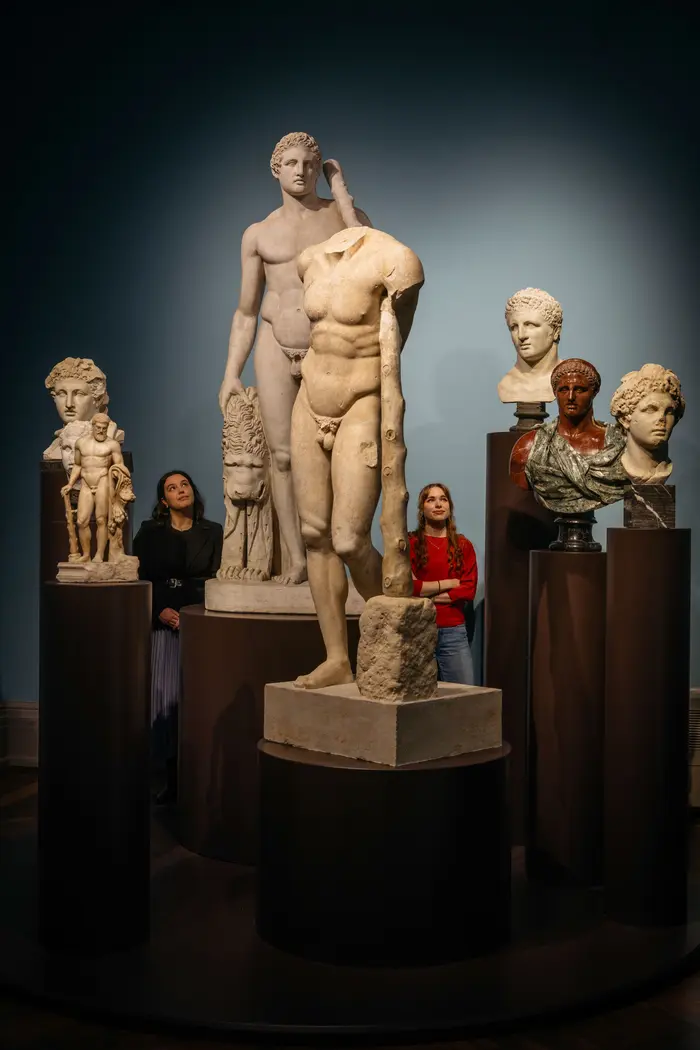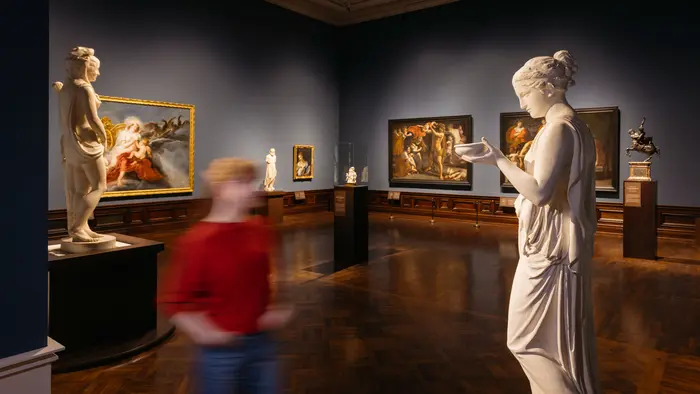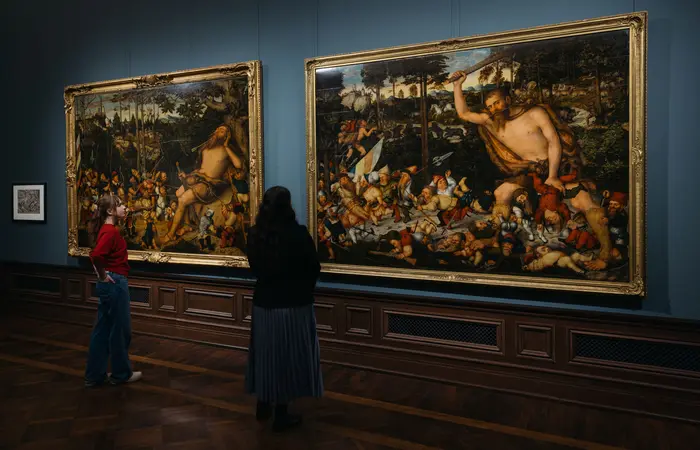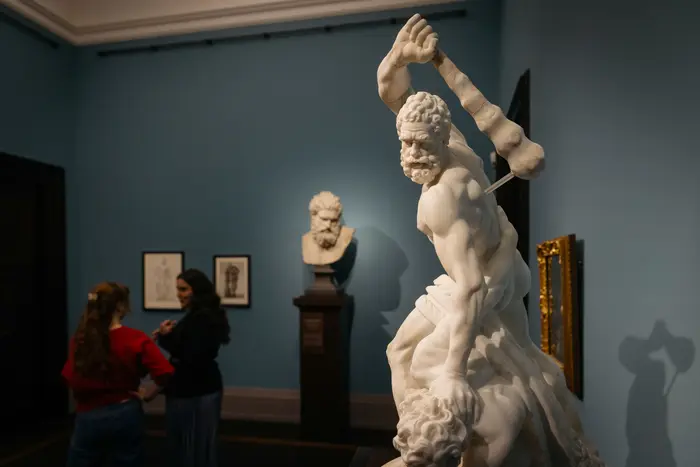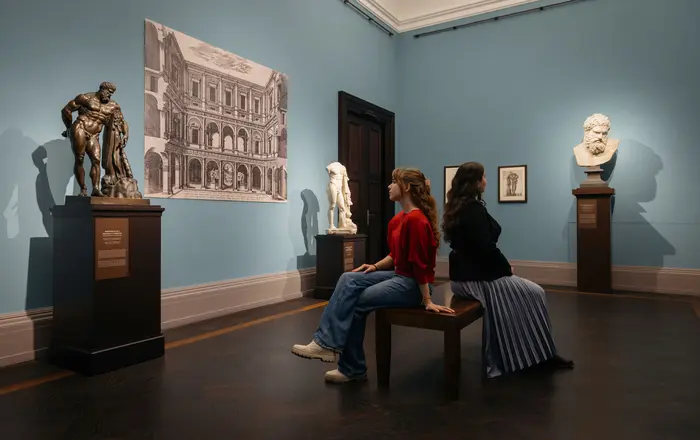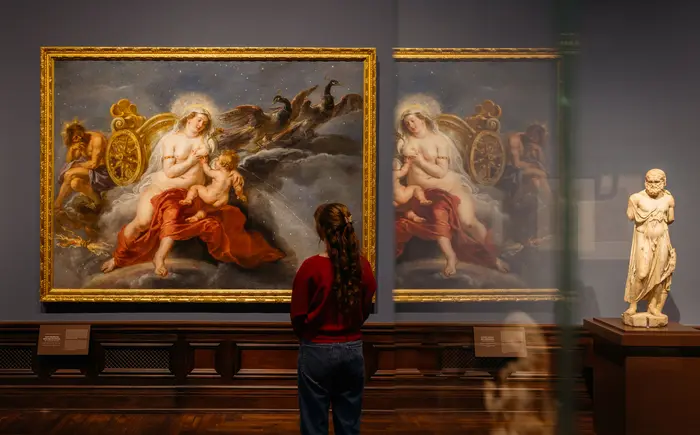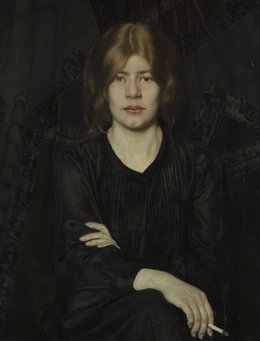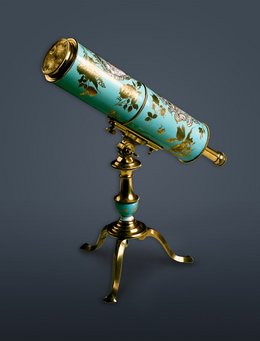Die mythische Figur des Halbgottes Herkules
But the mythical figure is more complex than one might think. So who was Hercules, the bestknown hero of antiquity? The exhibition explores this question with the help of outstanding works of art created over a period of 2,500 years and drawn primarily from Dresden’s rich collections. They are complemented by important loans from Rome, Paris, Madrid, Munich, and Copenhagen. On display are antique statues, reliefs, and vases, as well as paintings, prints, sculptures, and works of the goldsmith’s craft dating from the Renaissance onwards.
The exhibition investigates the famous ‘Labours of Hercules,’ the hero’s relationship with women, his anti-heroic escapades, and his role as a paragon of virtue for rulers such as Alexander the Great and August the Strong.

